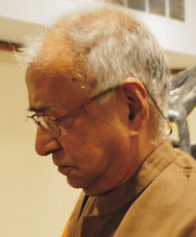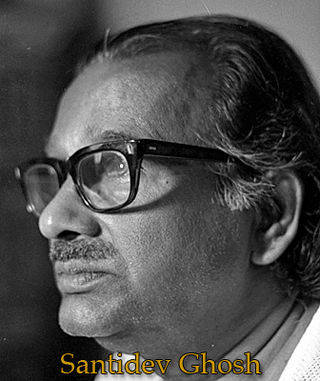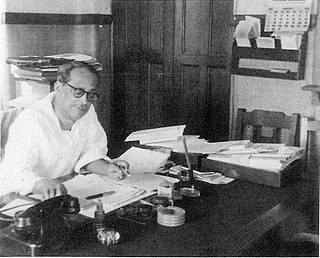Santiniketan
Setting up Cheena Bhavana

Tan arrived at Santiniketan in 1928 and joined Visva Bharati as Professor of Chinese Studies. He started Chinese classes with just five students. He himself started learning Sanskrit. He also held discussions with the intellectual fraternity at Santiniketan. He soon realised that his work required a separate hall/ building but Visva Bharati, then a private institution, was short of funds. Tan decided to move around to collect money for the purpose and he took on odd jobs to support himself. He went to Singapore and Rangoon. He accompanied the special envoy of China in his mission to Tibet. The envoy died on the way and so Tan carried his papers and handed them over to the 13th Dalai Lama in Lhasa. He was given a message for Mahatma Gandhi, which he delivered at Sabarmati Ashram, Ahmedabad. He visited the Buddhist pilgrimage centres and after a short stay at Santiniketan, went to China. [1]
Back to China in 1931, he was successful in garnering support for his ideas. The China chapter of the Sino-Indian Cultural Society was established at Nanjing, the capital, and returned to India to establish the India chapter of the society. He went back to China and returned to Santiniketan in 1936 with adequate funds (Rs. 50,000) for his cherished China Hall and 100,000 books (collected with the support of the Sino-Indian Cultural Society). Tagore was thrilled and allotted land in the heart of Santiniketan for construction of Cheena Bhavana. The hall was designed in collaboration with Surendranath Kar and Tan supervised its construction. The building was completed in record time. Nandalal Bose, Benode Behari Mukherjee and others from Kala Bhavana adorned the hall with frescoes and reliefs. Tan planted trees all around the building. On 14 April 1937, Cheena Bhavana, the first institute of its kind in India, was formally inaugurated by Indira Gandhi. Tan was appointed its first director. However, in view of Visva Bharati's grim financial situation Tan refused to take a salary, but the Chinese government provided him an honorarium. Mahatma Gandhi, in his message to Tagore said: "May the Chinese Hall be a symbol of living contact between China and India". Jugal Kishore Birla donated Rs. 5,000 to start research activities. Fund collection continued. [1] [2]
Dedicated life
With the onset of the Second Sino-Japanese War Tan focussed on the suffering of the Chinese people. Xu Beihong, a leading artist, came to Santiniketan and spent an year as visiting professor of Chinese fine arts. In 1939, at the initiative of Tan, the Sino-Indian Cultural Society organised Jawaharlal Nehru’s visit to China. Tan kept on organising visits of various delegations, important personalities, scholars and students from China to visit Santiniketan, particularly Cheena Bhavana. The Chinese government also responded to Tan's request for a donation. In 1944, Tan collected more donations to add a storey to the Cheena Bhavana. Financial support from the Chinese government continued in various forms. In 1950, the Sino-Indian Cultural Society of China sent a special donation of Rs. 500,000 to Visva Bharati for the construction of a new central library. [1]
In 1942, Chiang Kai-shek and Madame Chiang, visited Cheena Bhavana. They were pleased with the progress of the institution that had already received financial support from China and announced a further donation of Rs. 50,000. [1]
With Visva Bharati becoming a central university in 1951, there was overall development but the ideals of Tagore were not getting due attention. Teaching of Chinese language continued but research in Buddhist texts were neglected, which disturbed Tan. The Chinese government had stopped Tan's honorarium and Tan was persuaded to accept a salary. On the brighter side Cheena Bhavana continued to attract many new scholars. Dr. Luther Carrington Goodrich from Columbia University came as visiting professor of Sinology in 1953–54. [1]
In 1956, Zhou Enlai, the Chinese premier, invited Tan to visit China. Mao Zedong received his friend in the presence of other Chinese leaders. In 1957, during a trip to India, Zhou visited Santiniketan. He came to Cheena Bhavana and donated Rs. 60,000 for a memorial to Tagore. In 1962, when Nehru mentioned the Sino-Indian War in his convocation address at Santiniketan, Tan wept openly. Tan continued his teaching and research work till he retired in 1971. [1]














